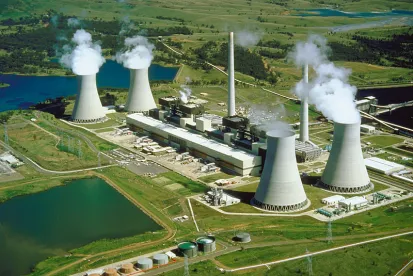The recently published US Nuclear Regulatory Commission (NRC) Office of Investigations (OI) Annual Report noted a 28% increase in the number of discrimination investigations in FY 2016 as compared to FY 2015. “Discrimination” in this context refers to retaliation for engaging in protected activities established in Section 211 of the Energy Reorganization Act of 1974, as amended. OI conducts investigations at both reactor and materials sites, either at the request of specific NRC officials or on its own initiative. Of the 119 cases opened in FY 2016,
-
39% were discrimination investigations;
-
20% were investigations into suspected material false statements;
-
24% were investigations into potential violations of other NRC regulatory requirements; and
-
17% were assists to NRC staff.
Although there was a 14% decrease in the overall number of OI cases opened in 2016, discrimination investigations increased to 2012–2013 levels, despite declining or holding steady for the last couple years. This comes at a time when we have observed notable increases in the number of witnesses being interviewed and the number of documents requested as part of each investigation. We are consistently seeing a greater level of scrutiny regardless of the complexity of a given case or the nature of the issues involved. As a result, OI investigations have been more time-consuming and have created a greater burden for licensees, particularly materials licensees who have historically had less experience with these types of investigations.
Of the 137 cases closed in FY 2016, OI substantiated willfulness on one or more of the allegations of wrongdoing in 41 investigations. Several investigations resulted in the NRC issuing Notices of Violation (NOVs) or Confirmatory Orders to individuals or licensees. In at least three cases, the NRC issued the licensee a civil penalty. Notably, after one of the cases was referred to the US Department of Justice for prosecutorial consideration, a former Quality Control inspector pled guilty to deliberately falsifying visual weld inspection reports on a nuclear project in federal district court, and was sentenced to 36 months of probation and to pay $29,385 in restitution.




 />i
/>i

